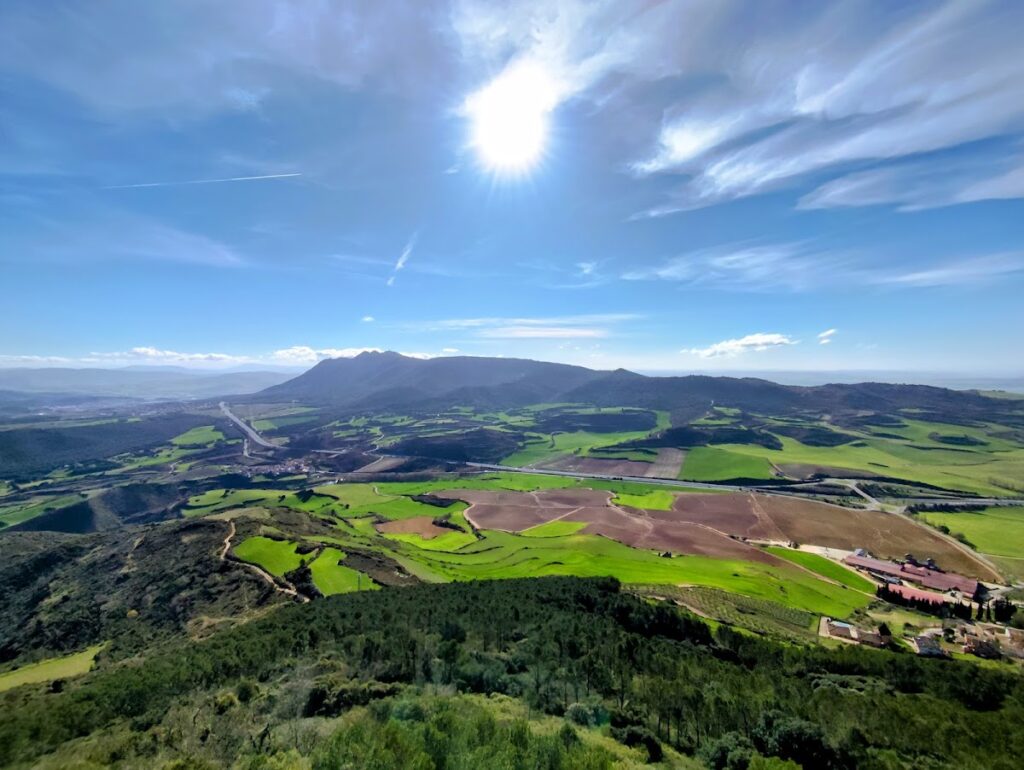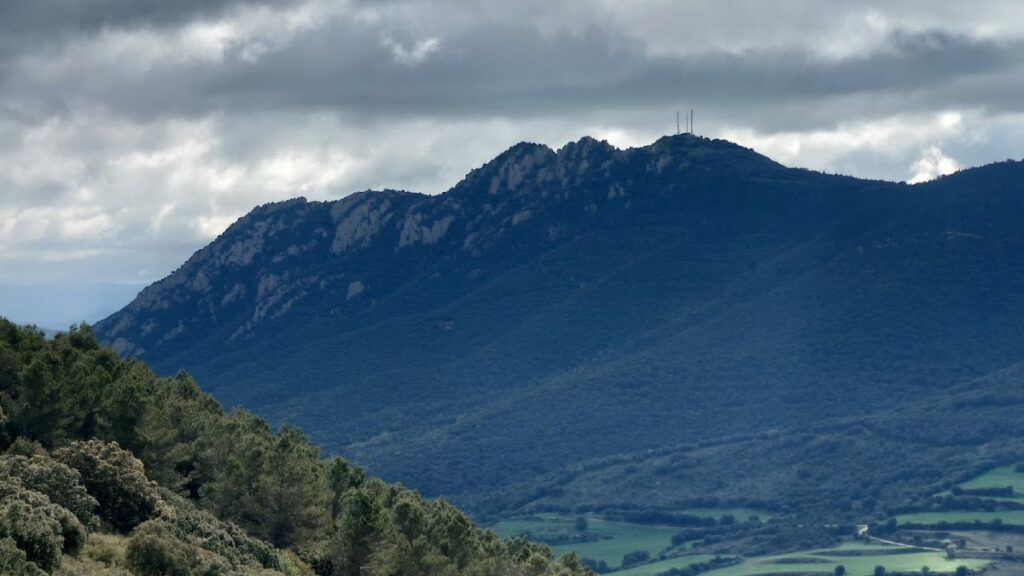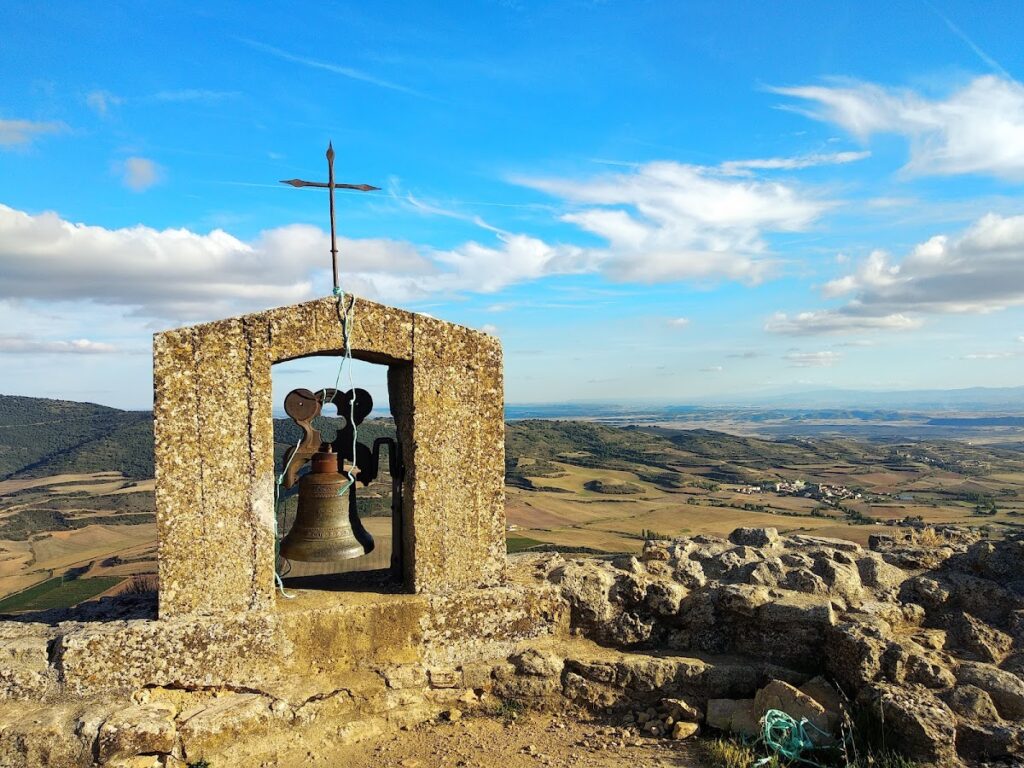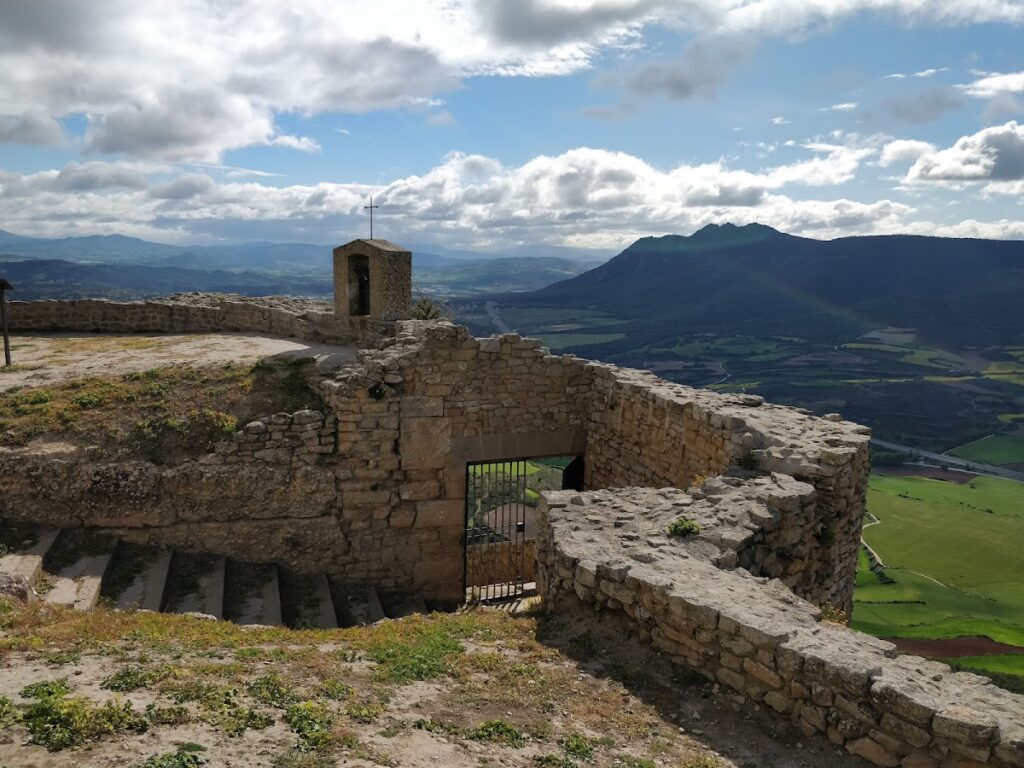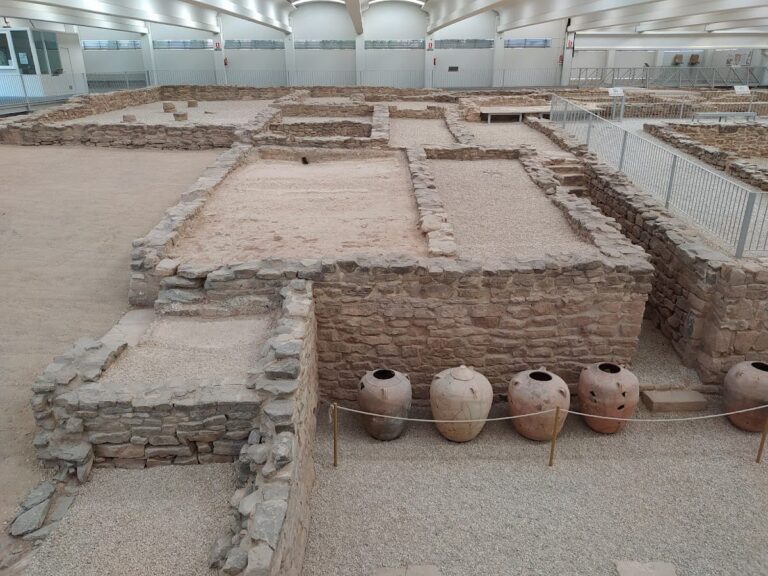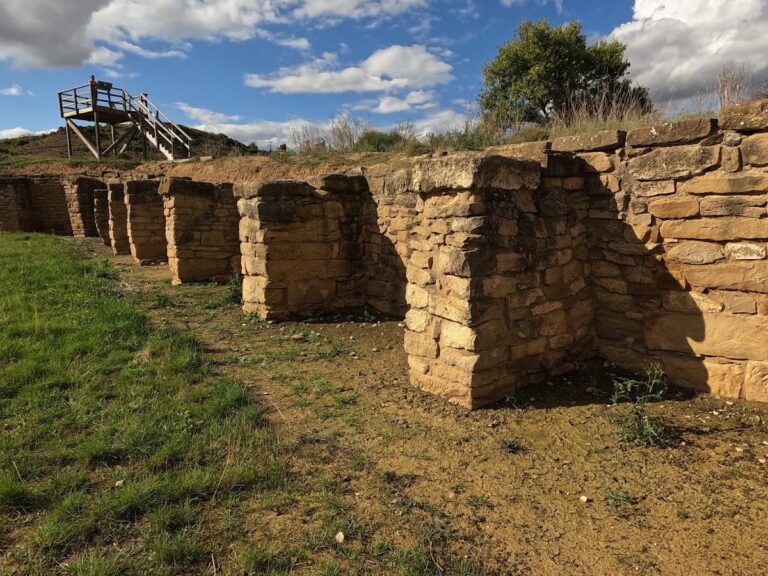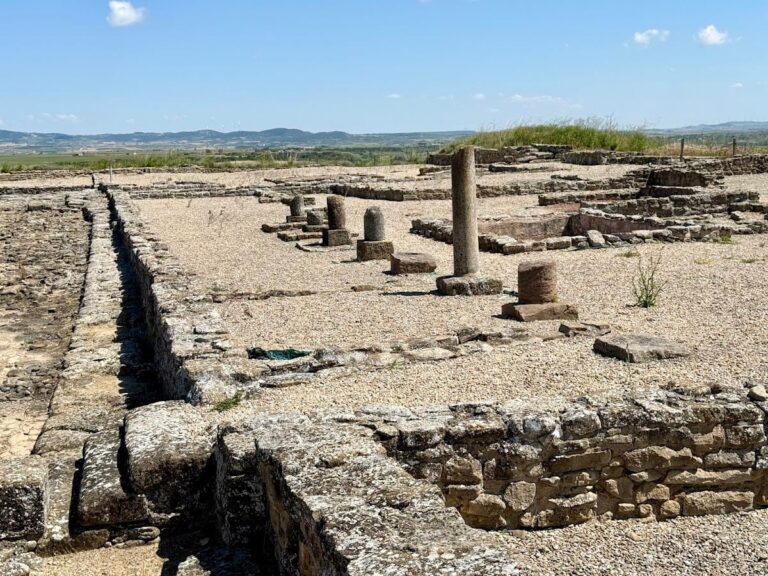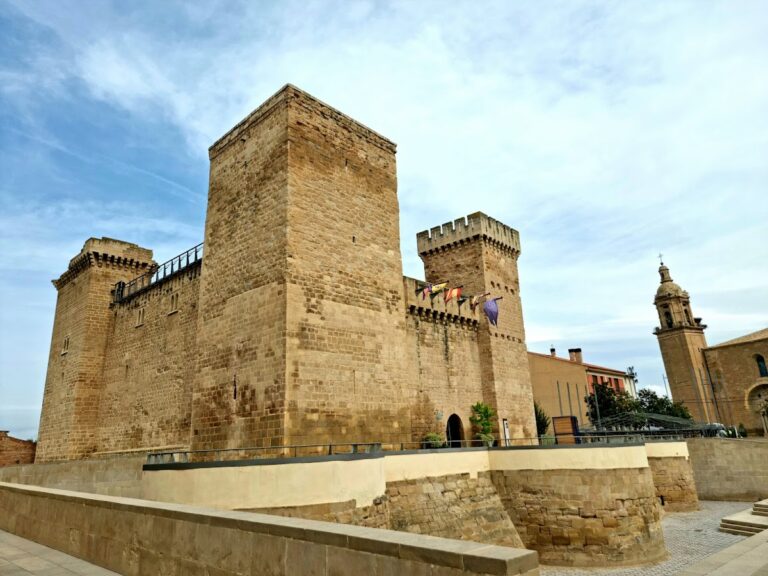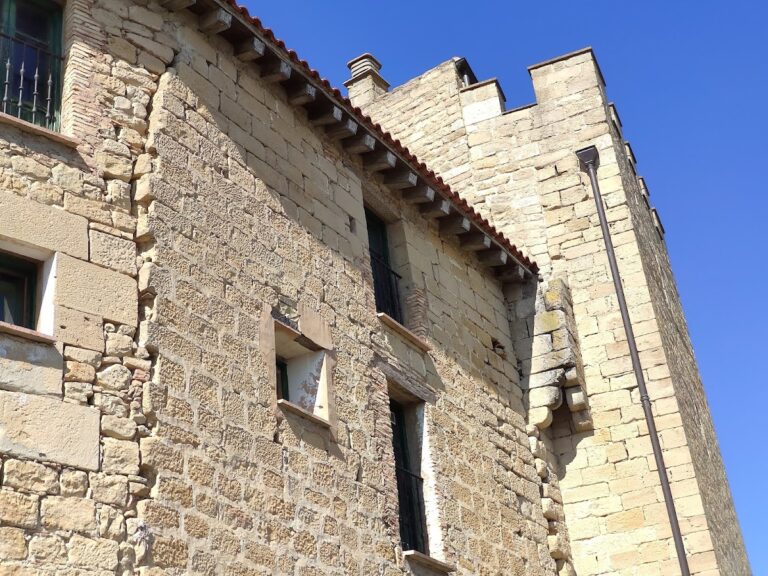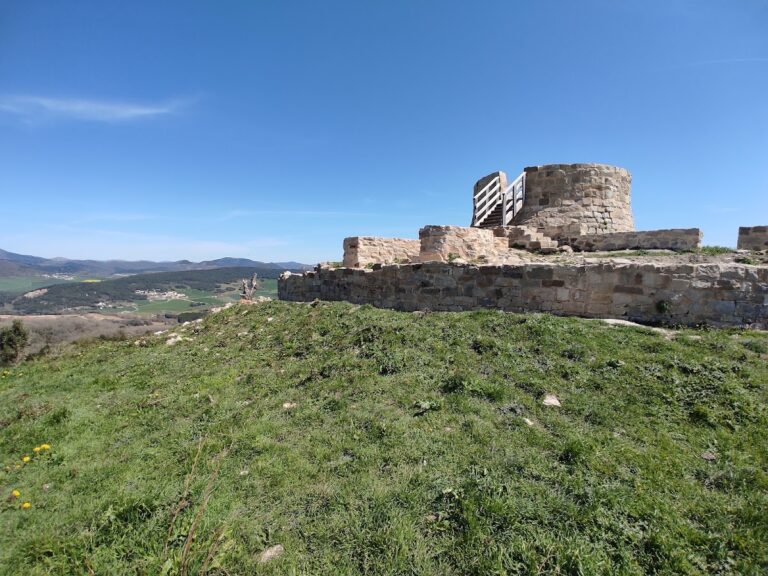San Esteban de Deyo: A Historic Castle Near Villamayor de Monjardín
Visitor Information
Google Rating: 4.6
Popularity: Low
Google Maps: View on Google Maps
Official Website: villamayordemonjardin.es
Country: Spain
Civilization: Unclassified
Remains: Military
History
San Esteban de Deyo, also called Castillo de Monjardín, is a castle located near Villamayor de Monjardín in Spain. It was originally established in the 9th or 10th century as a Muslim fortress built by the Banu Qasi, a ruling family in the Kingdom of Pamplona (Navarre) during that period.
In the early 10th century, the castle played a key role in the territorial expansions of the Christian Kingdom of Navarre. King Sancho I of Navarre captured the fortress between 909 and 914, a significant conquest that secured access to the Ebro valley for Pamplona’s forces. While later medieval sources like the 12th-century Codex Calixtinus tell a legend of Charlemagne seizing the castle from a local prince named Furré, historical evidence attributes its capture to Sancho Garcés I. This marked a turning point in Christian control in the region, reflecting the shifting political landscape of the Iberian Peninsula during the Reconquista.
In the centuries that followed, control of the castle passed to noble families responsible for defending the surrounding lands. One of the most prominent lineages were the Medranos, who served as alcaides, or castle governors, from roughly the 11th through the 15th centuries. They oversaw military and administrative duties related to both the fortress and nearby villages. At various times, the castle’s governance involved church officials, including sacristans and archdeacons from Pamplona. These ecclesiastical authorities held jurisdictional claims until a resolution in 1319, when the bishopric relinquished control in favor of the crown.
After the 16th century, ownership transferred to the constable count of Lerín and ultimately to the influential House of Alba. Despite orders for demolition early in the 1500s, the castle remained standing. It underwent further military use during the 19th century, when it was strengthened in the conflicts known as the Carlist Wars. In modern times, San Esteban de Deyo was formally recognized for its historical value, being designated as a protected cultural site in 1985.
Local tradition ties the castle closely to the Medrano family and a miraculous cross reputed to have divine origins. This cross, dating to the 13th century, is linked to stories about Sancho Garcés I’s burial and reflects the intertwining of legend and history in the site’s heritage.
Remains
San Esteban de Deyo sits atop a hill approximately 890 meters above sea level, providing a commanding view over Villamayor de Monjardín and its surroundings. The fortress occupies a roughly rectangular space measuring about 62 to 72 meters in length and around 30 meters at its widest point. The terrain within this perimeter is relatively flat, allowing room for structures and open courtyards.
The surviving fabric of the castle includes sandstone walls, which outline the enclosure and give insight into its defensive design. Portions of the tower of homage, or keep, remain standing, providing evidence of the fortress’s central stronghold area. Within the walls lies an ancient cistern housed inside a vaulted-roof structure, illustrating the measures taken to supply and store water during sieges or extended use. These stone constructions reveal traditional medieval techniques suited to the hilltop location and strategic purpose of the site.
Later modifications are present as well. The enclosed courtyard contains the Baroque-era hermitage known as the Ermita de San Esteban de Deyo or Santa Cruz de Monjardín. Built using many stones reused from the original castle in the 17th century, this chapel reflects the continuing spiritual significance of the site long after its military role diminished. A bell installed in 1965 was donated by a local Pamplona society, linking the chapel to ongoing community connections.
Moreover, the hermitage houses a cross attributed to the 13th century, bearing symbolic importance in local legend. This cross is associated with the Medrano family and commemorates stories about Sancho Garcés I, connecting the physical remains to the narratives that have surrounded the castle for centuries. Overall, the surviving structures at San Esteban de Deyo offer a layered historical record, combining medieval military architecture with subsequent religious and cultural adaptations.
